1. Jelly Shoes
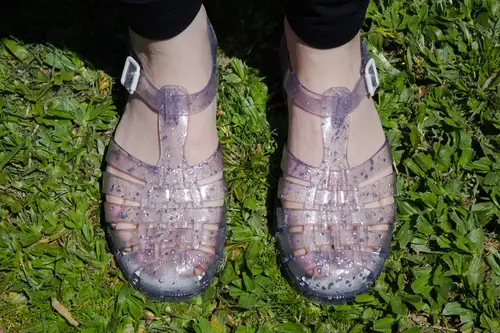
Jelly shoes, made of flexible PVC, dominated summer wardrobes in the 1980s. Available in bright colors and glittery finishes, they were perfect for beach trips or casual wear. They were cheap, fun, and surprisingly versatile, making them a go-to footwear choice for kids and teens. Everyone had at least one pair, and some even collected multiple colors.
Eventually, fashion critics declared them uncomfortable and outdated, but for a while, they were everywhere. Jelly shoes represent the cyclical nature of trends—once adored, then dismissed, but never fully forgotten. They’re a charming reminder of a decade’s unique approach to style.
2. Fidget Spinners
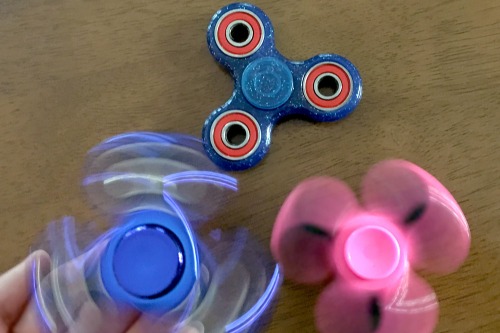
Remember when everyone’s backpack, desk, and pocket had a tiny spinning disc attached? Fidget spinners exploded onto the scene around 2017, marketed as tools to help with focus and stress. Kids, teens, and even adults couldn’t resist the hypnotic spin, and videos of tricks went viral everywhere. By the end of the year, they were in every store, from dollar shops to big-box retailers.
The funny thing is, the craze burned out almost overnight. By 2018, people were rolling their eyes at spinners, calling them a “nuisance” and “overrated.” Yet, for that brief window, you couldn’t go anywhere without seeing someone flick their spinner. It’s a classic example of a fad that was uncritically loved before everyone claimed they were too cool for it.
3. Silly Bandz
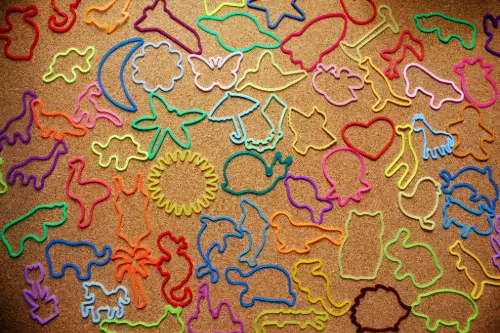
These rainbow-colored rubber bands shaped like animals, letters, and shapes dominated playgrounds in the late 2000s. Kids traded them like baseball cards, stacking them on wrists and showing off their collections. Teachers and parents initially tolerated them, but soon the noise and distraction made classrooms unbearable. Still, the craze is a perfect snapshot of childhood obsession and social trading culture.
Eventually, Silly Bandz were declared passé, and “who even wears these anymore?” became the catchphrase. Despite that, the bands marked a generation with their fun collectability. They weren’t just jewelry; they were badges of social currency among kids. That rise and sudden fall is exactly why they earn a spot on this list.
4. Tamagotchi
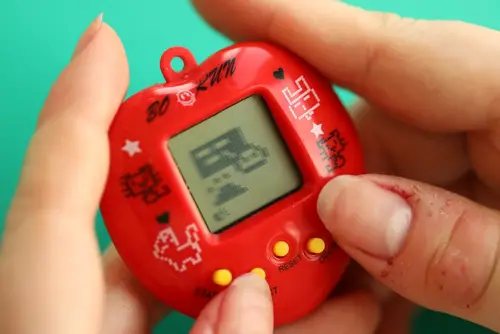
In the mid-1990s, handheld digital pets were all the rage. Tamagotchis required constant feeding, cleaning, and attention, which made them surprisingly addictive for kids and teens. They became status symbols on playgrounds, and losing one’s pet due to neglect felt genuinely tragic. The craze even caused schools to ban them because of the constant beeping and distraction.
A few years later, nostalgia made them retro collectibles, but during their heyday, everyone either had one or wanted one. Critics scoffed at how “pointless” they were, but you couldn’t deny the obsession. Tamagotchis are the quintessential example of a toy that made kids feel responsible while everyone pretended it wasn’t a little ridiculous.
5. Beanie Babies
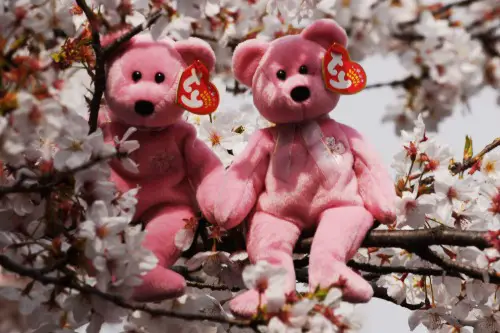
Ah, Beanie Babies—the 1990s’ answer to a stock market for stuffed animals. Each little plush was marketed as rare, and collectors hoarded them in hopes of striking gold. The hysteria was real; some adults treated them like investments, while kids just wanted cute animals to cuddle. Stores sold out constantly, and the secondary market flourished.
Then the fad collapsed, leaving basements and closets stuffed with unsellable toys. Suddenly, “collectible” Beanie Babies were deemed pointless and silly. But for a decade, everyone tracked the birthdays, tags, and rarities obsessively. That mix of obsession and absurdity is why they remain iconic.
6. Crocs

Crocs were introduced in 2002, and their odd, rubbery silhouette quickly became iconic. Initially marketed as boating shoes, they transitioned into casual wear that everyone either loved or loathed. Celebrities started wearing them, kids flaunted the bright colors, and customizations with Jibbitz charms became a must. For a moment, comfort was king, and practicality won over style.
Then came the mockery—people couldn’t resist calling them ugly or “grandma shoes.” Despite the criticism, they never fully disappeared, cementing their place in pop culture. Crocs perfectly illustrate how something widely derided can still define a fashion moment. Love them or hate them, you remember when everyone had a pair.
7. Pokémon Cards
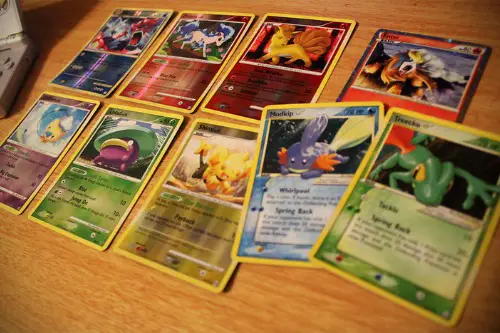
The late ’90s Pokémon card craze was a phenomenon that swept across schoolyards. Kids collected, traded, and battled with cards featuring creatures like Pikachu and Charizard. Rare holographic cards became the holy grail, causing fights, trades, and playground bragging wars. The combination of game strategy, collectability, and nostalgia made it irresistible.
Adults eventually rolled their eyes, claiming kids were obsessed with “worthless pieces of cardboard.” Yet, that obsession fueled one of the most enduring franchises of all time. Pokémon cards represent a fad that felt all-consuming at the time but is now celebrated with fond nostalgia. Everyone who grew up then has at least a memory of trading or coveting them.
8. Razor Scooters
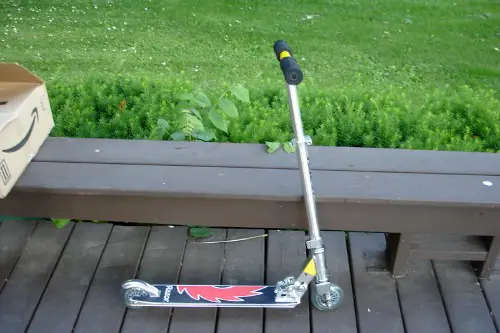
Around the early 2000s, Razor scooters became the ultimate cool accessory for kids and teens. Lightweight, foldable, and flashy, they weren’t just toys—they were a mode of transportation for the young and adventurous. Videos of tricks and stunts circulated long before TikTok, showing just how far the obsession went. For a few years, you couldn’t walk down a sidewalk without seeing one in motion.
Then came the jokes about “all these kids on scooters” and their inevitable disappearance from adult life. Still, for a short period, these scooters defined childhood mobility and trendiness. They’re a perfect example of a craze that dominated a scene before fading into nostalgic memory. Kids loved them; adults rolled their eyes; and everyone eventually moved on.
9. UGG Boots
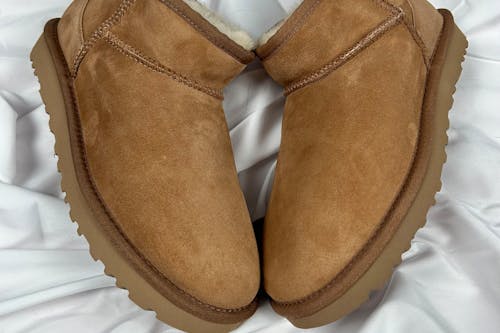
In the early 2000s, UGG boots went from surf-wear to fashion staple almost overnight. Celebrities flaunted the sheepskin footwear, and suddenly, everyone wanted soft, cozy boots for casual outings. The comfort was undeniable, but the look drew a lot of criticism from style purists. Despite the naysayers, sales soared, and UGGs became synonymous with winter comfort culture.
Eventually, people started calling them “ugly” and “overpriced slippers,” yet they never disappeared entirely. That’s the thing about a defining fad: its impact lingers even after the public pretends to have abandoned it. UGGs proved that fashion and comfort can collide in a way that’s unforgettable, whether you love it or hate it.
10. Silly Putty
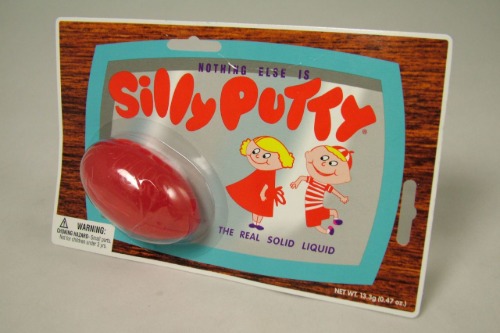
Though Silly Putty dates back to the 1950s, it became a household staple in the 1960s and 1970s, making waves in kids’ rooms and offices alike. Stretchable, bouncy, and able to lift newspaper ink, it fascinated both kids and adults. It was marketed as a toy, stress reliever, and novelty item simultaneously. For a while, owning Silly Putty was essential for playtime experiments.
Eventually, it became more of a nostalgic trinket than a trending toy. Adults who had loved it as children might chuckle at the simplicity, but kids at the time were captivated. It’s a perfect example of a simple object that defined a generation’s idea of fun.
11. Mood Rings
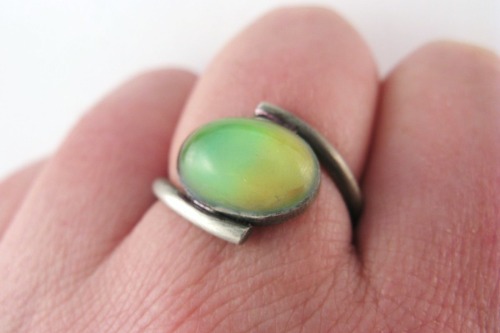
Mood rings, popularized in the 1970s, claimed to reflect your emotions through color changes. Teens eagerly monitored their “feelings,” believing the colors spoke to their moods. Rings became conversation starters, fashion accessories, and teen obsessions all at once. They were fun, mysterious, and slightly mystical, which made them irresistible.
By the late ’70s, people were mocking the supposed accuracy and calling them gimmicky. Still, the idea of wearable emotion sensors left a lasting mark on pop culture. Mood rings show how a playful gimmick can define a moment, even if only briefly. They combined curiosity, fashion, and a little pseudoscience in a way no one could resist.
12. Hula Hoops
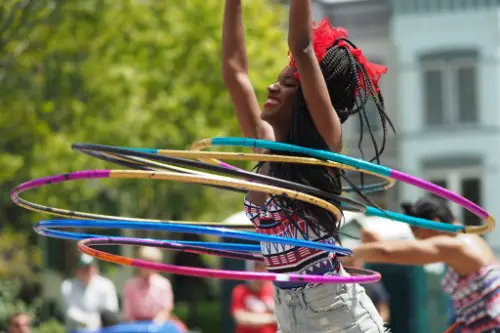
The hula hoop craze of the late 1950s swept across the nation seemingly overnight. Kids and adults alike twirled, spun, and competed to see who could keep it going longest. Hula hoops were simple, cheap, and endlessly entertaining, which made them irresistible. The hoop became a symbol of playful competition and athletic skill for a whole generation.
Once everyone had mastered—or failed spectacularly at—the hoop, interest waned. Still, the memory of countless spinning circles in living rooms and playgrounds lingers. Hula hoops were a prime example of a fad that defined a generation’s leisure time. Everyone wanted one, but after a while, no one talked about them without a chuckle.
13. Beepers/Pagers
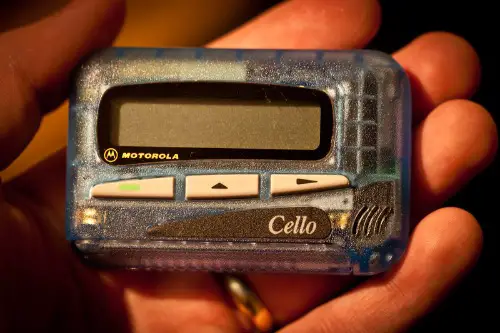
In the 1980s and early 1990s, pagers were the ultimate status symbol. They promised instant communication, even if all you got was a beep with a callback number. Teens and professionals alike flaunted their devices as signs of importance and social connectivity. For a time, having a pager was almost as essential as having a phone later would be.
Once cell phones became mainstream, pagers became relics almost overnight. Yet, they defined an era of tech obsession and social signaling. They’re a perfect example of a device everyone suddenly needed and then casually mocked once it was obsolete.
14. Pogs
The early ’90s were all about these small cardboard discs called Pogs. Kids would slam them with heavier “slammers” in a game of skill and luck, trading them to amass the biggest collection. Classrooms turned into arenas of competition, and some Pogs were worth more than lunch money. The simplicity of the game made it easy for anyone to join, fueling the nationwide craze.
By the mid-1990s, adults and older students were mocking the fad, calling it a waste of paper and money. But the energy and community it created can’t be ignored. Pogs perfectly capture the cycle of mass childhood excitement followed by scornful adult nostalgia. Few toys have incited that much simultaneous love and mockery.
This post 14 Fads That Defined a Decade Before Everyone Pretended to Hate Them was first published on American Charm.


